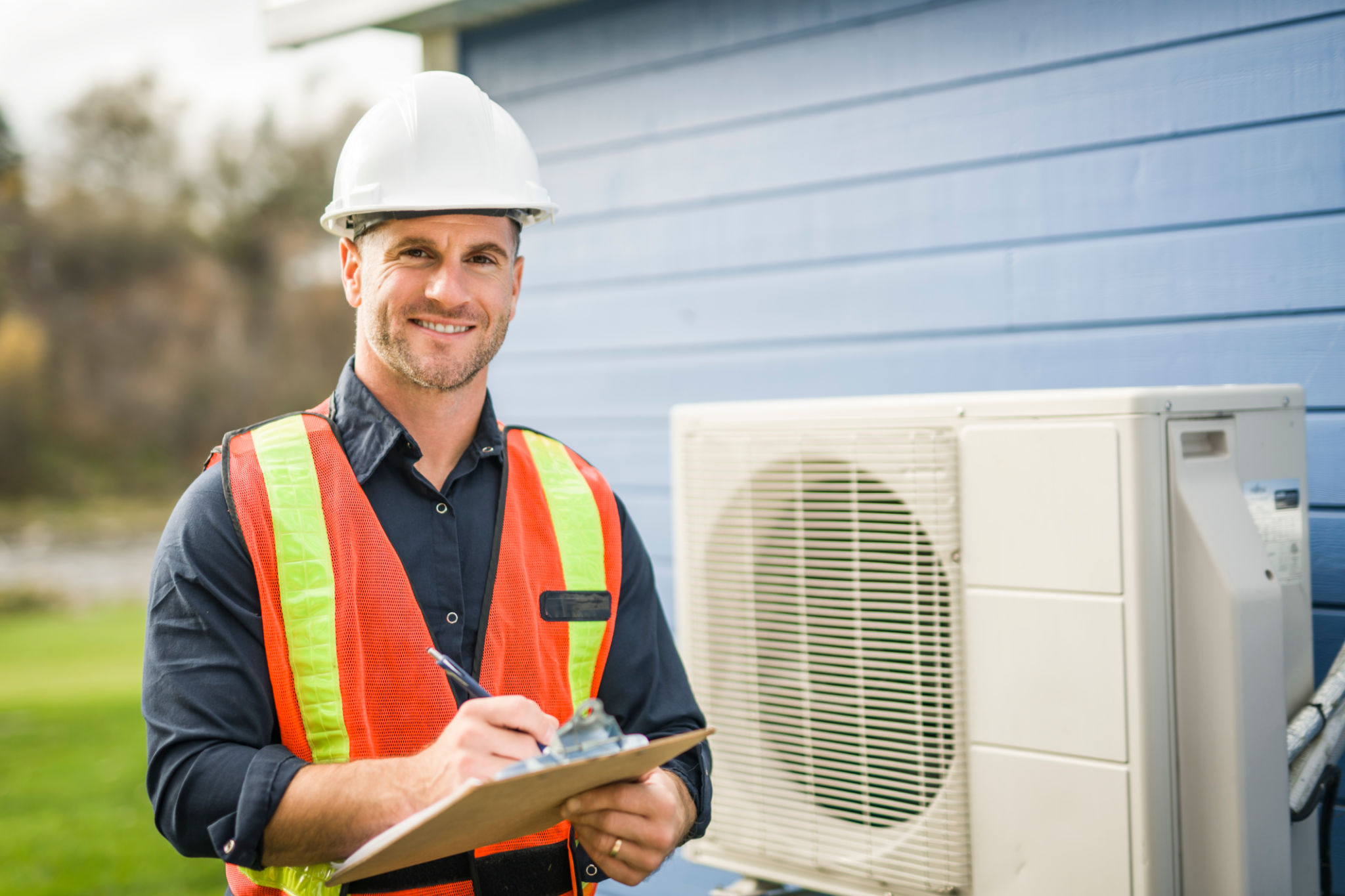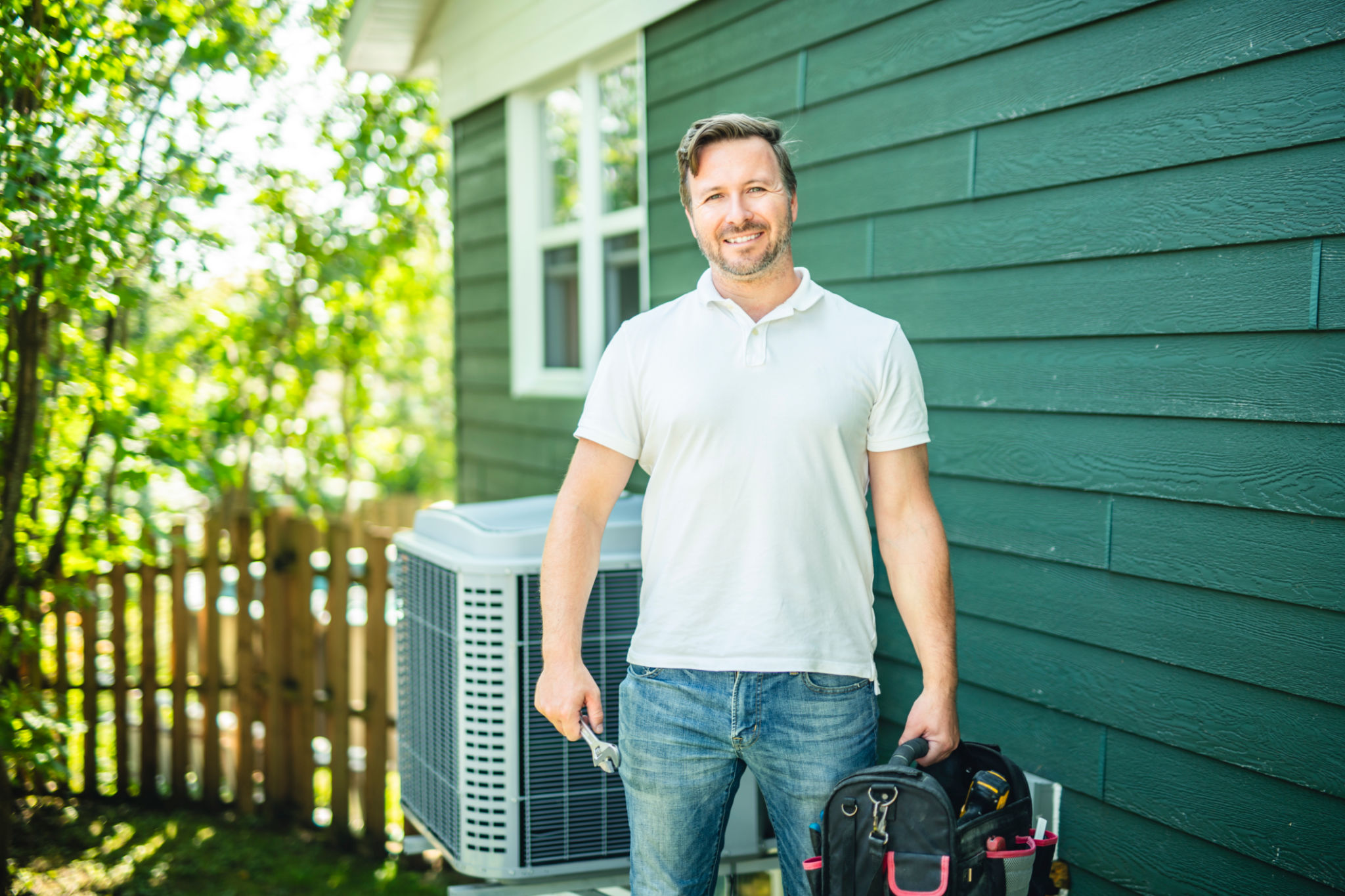Preparing Your HVAC System for the Austin Summer Heat
Understanding the Austin Climate
Austin is known for its hot and humid summers, often with temperatures soaring above 100°F. This extreme heat puts a significant strain on your HVAC system, making it essential to ensure it's in peak condition to keep your home comfortable. Understanding the local climate is the first step in preparing your system for the intense summer months.
During summer, your HVAC system will be working overtime to maintain a pleasant indoor temperature. This increased workload can lead to higher energy bills and potential system failures if not properly maintained. Therefore, preparing your HVAC system before the summer heat hits is crucial.

Check and Replace Air Filters
One of the simplest yet most effective maintenance tasks is checking and replacing your HVAC system's air filters. Dirty or clogged filters can restrict airflow, forcing your system to work harder and increasing energy consumption. Ideally, air filters should be checked monthly and replaced every 1-3 months, depending on usage and the type of filter.
Investing in high-quality air filters can improve indoor air quality and enhance the efficiency of your HVAC system. Look for filters with a high MERV rating to capture smaller particles and keep your air clean and fresh.
Schedule a Professional Tune-Up
Regular maintenance by a professional technician is essential for keeping your HVAC system running smoothly. A comprehensive tune-up typically includes:
- Inspecting and cleaning coils
- Checking refrigerant levels
- Lubricating moving parts
- Testing thermostat accuracy
- Assessing electrical connections

By scheduling a professional tune-up before the summer heat arrives, you can prevent unexpected breakdowns and ensure your system operates efficiently throughout the season.
Improve Home Insulation
Improving your home's insulation can significantly reduce the strain on your HVAC system. Proper insulation helps maintain a consistent indoor temperature, reducing the need for constant heating or cooling. Consider adding insulation to your attic, walls, and floors to enhance energy efficiency.
Additionally, seal any gaps or cracks around windows and doors to prevent cool air from escaping and hot air from entering. Weather stripping and caulking are simple, cost-effective solutions that can make a big difference in your home's overall insulation.

Upgrade to a Smart Thermostat
A smart thermostat can be a game-changer for managing your home's temperature efficiently. These devices allow you to program temperature settings based on your schedule, ensuring optimal comfort while minimizing energy usage.
Many smart thermostats also offer remote access via smartphone apps, enabling you to adjust settings even when you're not at home. This feature is particularly useful during the hot summer months when you want to return to a cool, comfortable house without wasting energy.
Inspect Ductwork for Leaks
Leaky ductwork can lead to significant energy loss, as conditioned air escapes before reaching its intended destination. Inspecting and sealing any leaks in your ductwork can improve your HVAC system's efficiency and lower your energy bills.
If you're unsure about how to inspect ductwork, consider hiring a professional to evaluate your system and recommend necessary repairs or improvements.
Consider an HVAC Upgrade
If your HVAC system is over a decade old, it may be time to consider an upgrade. Newer models are more energy-efficient and offer advanced features that can save you money in the long run. Plus, modern systems are often quieter and more reliable.

Consult with an HVAC specialist to determine the best options for your home and budget. An upgraded system can provide peace of mind knowing you're prepared for even the hottest Austin summers.